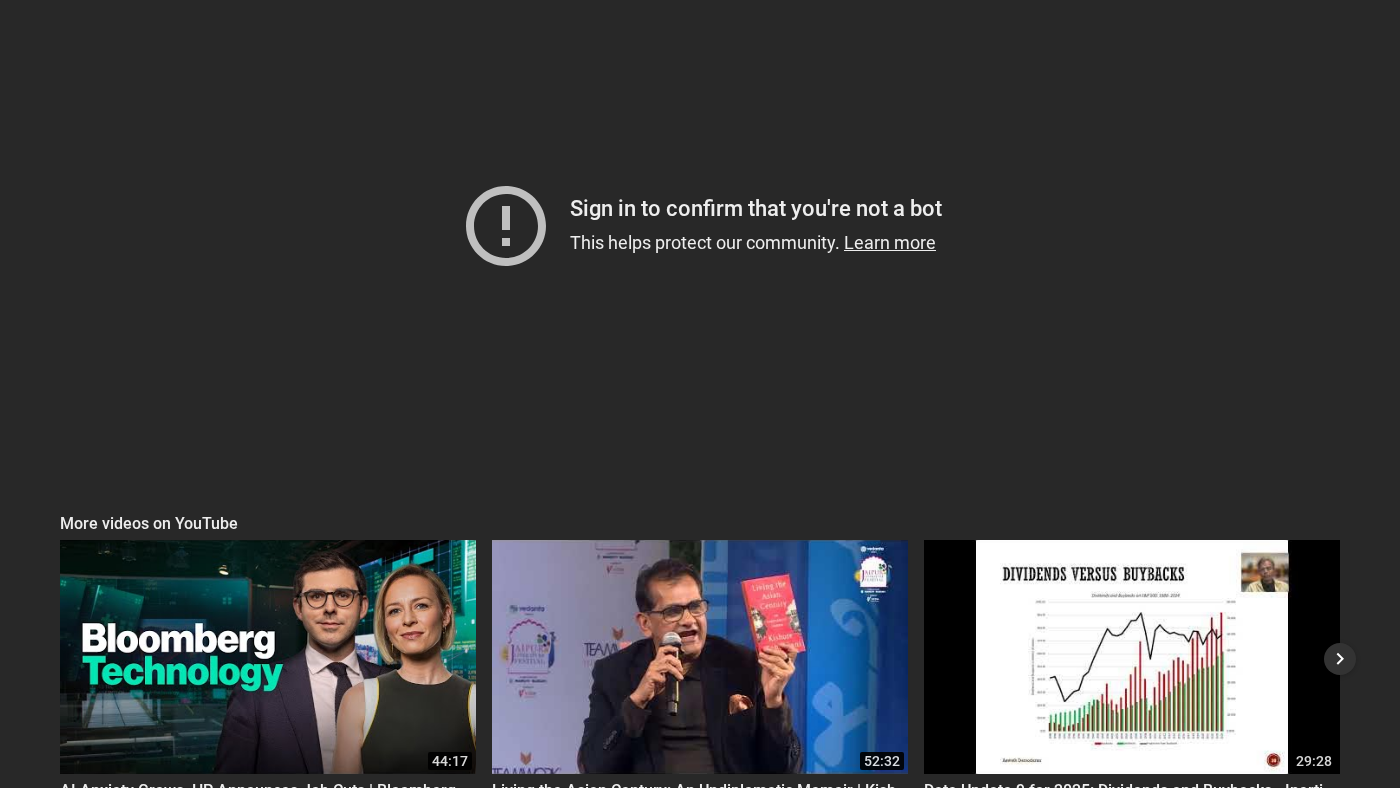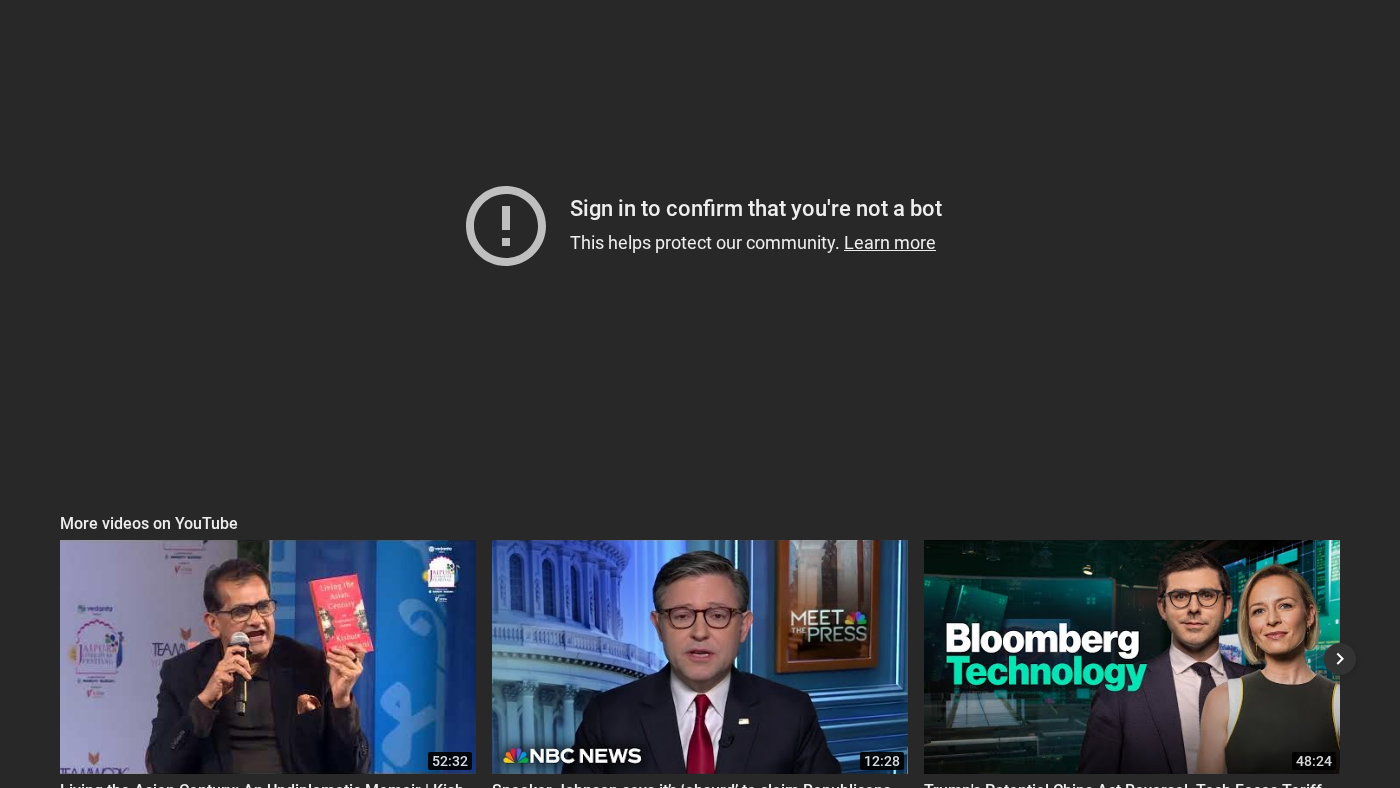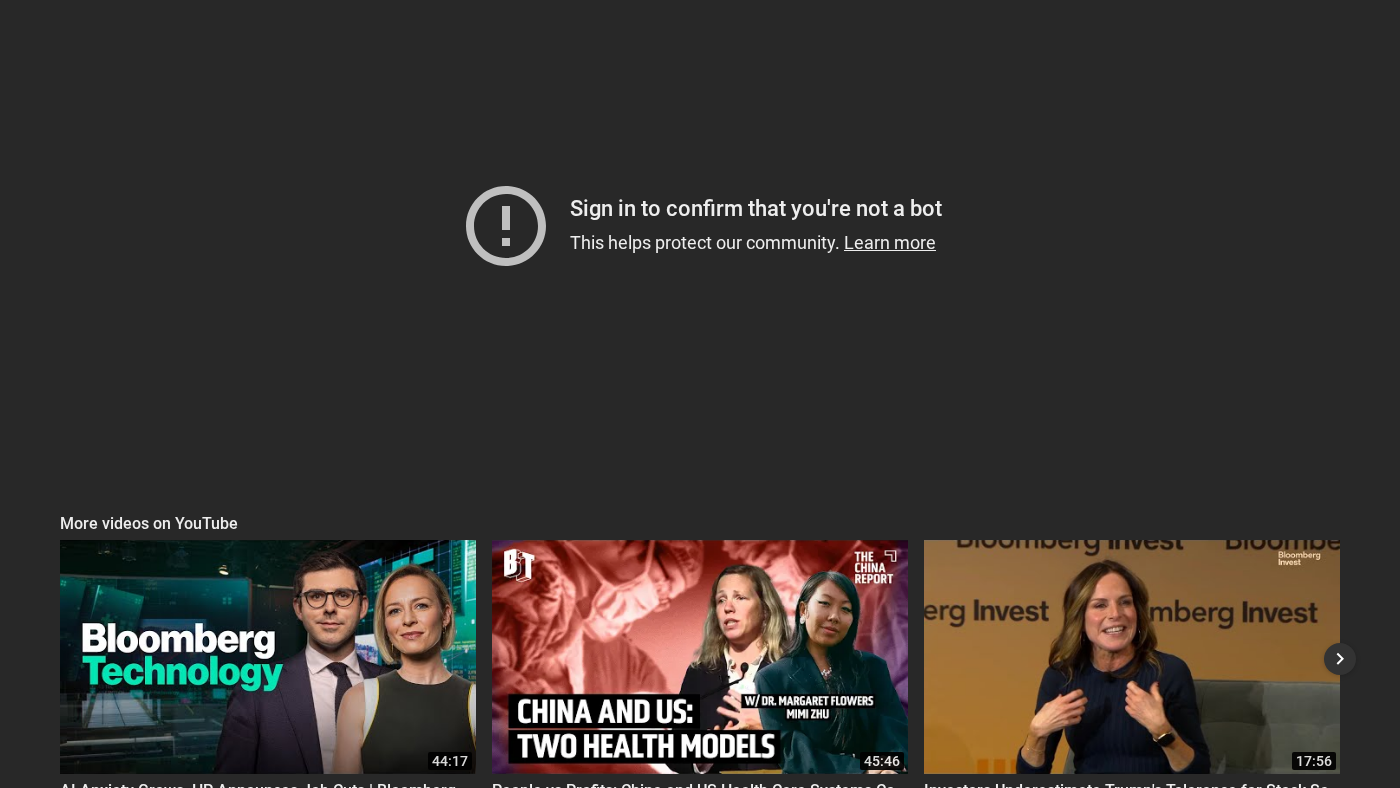Vietnam's Tech Sector: The Next Silicon Valley?
Vietnam's tech sector is experiencing rapid growth, attracting billions of dollars in investment in 2025. From global giants like Samsung to homegrown stars like VinAI and MoMo, Vietnam is fast becoming Asia's next tech hub.
Introduction to Vietnam's Tech Sector
Hello and welcome back to Vietnam Spotlight, your ultimate source for everything happening in Vietnam. Today, we're exploring an exciting topic: why Vietnam's tech sector is attracting billions of dollars in investment in 2025. From massive global corporations to innovative local startups, there's a revolution brewing in Vietnam's tech scene.
The Investment Surge
 The investment surge in Vietnam's tech sector is driven by foreign direct investment, with $2.5 billion invested in 2024, a 15% jump from the previous year.
First, let's talk numbers. According to Vietnam's Ministry of Planning and Investment, foreign direct investment (FDI) in the tech sector reached an impressive $2.5 billion in 2024, a 15% jump from the year before. This isn't just pocket change; it's a loud statement that the world is paying attention to Vietnam. So, what's driving this flood of cash? For years, tech giants like Samsung and Intel have had a foothold in Vietnam, but now they're doubling down.
The investment surge in Vietnam's tech sector is driven by foreign direct investment, with $2.5 billion invested in 2024, a 15% jump from the previous year.
First, let's talk numbers. According to Vietnam's Ministry of Planning and Investment, foreign direct investment (FDI) in the tech sector reached an impressive $2.5 billion in 2024, a 15% jump from the year before. This isn't just pocket change; it's a loud statement that the world is paying attention to Vietnam. So, what's driving this flood of cash? For years, tech giants like Samsung and Intel have had a foothold in Vietnam, but now they're doubling down.
Why Vietnam?
 Vietnam offers a highly skilled workforce at unbeatable prices, government support, and a young and hungry population, making it an attractive destination for tech investment.
Why is Vietnam the place to be for tech in 2025? Let's break it down into three big reasons. Number one: cost effectiveness. Vietnam offers a highly skilled workforce at unbeatable prices. A software engineer in Hanoi or Ho Chi Minh City might earn around $15,000 a year, compared to $100,000 or more in Silicon Valley. Number two: government support. The Vietnamese government is seriously committed to this tech boom, introducing juicy tax breaks, building high-tech industrial zones, and launching the National Innovation Center to nurture startups. Number three: demographics. Vietnam's population is young and hungry for tech, with over 60% of its people under 35 years old, growing up in a digital world.
Vietnam offers a highly skilled workforce at unbeatable prices, government support, and a young and hungry population, making it an attractive destination for tech investment.
Why is Vietnam the place to be for tech in 2025? Let's break it down into three big reasons. Number one: cost effectiveness. Vietnam offers a highly skilled workforce at unbeatable prices. A software engineer in Hanoi or Ho Chi Minh City might earn around $15,000 a year, compared to $100,000 or more in Silicon Valley. Number two: government support. The Vietnamese government is seriously committed to this tech boom, introducing juicy tax breaks, building high-tech industrial zones, and launching the National Innovation Center to nurture startups. Number three: demographics. Vietnam's population is young and hungry for tech, with over 60% of its people under 35 years old, growing up in a digital world.
Local Success Stories
 VinAI and MoMo are local success stories, with VinAI making waves in AI research and MoMo changing how people pay for goods and services.
Now, let's shine a spotlight on some local heroes. Take VinAI, for instance, backed by Vietnam's giant conglomerate Vin Group. This AI research lab is making waves with solutions for smart cities, healthcare, and even retail. Their facial recognition technology is already popping up in public spaces across the country. Then there's MoMo, Vietnam's top e-wallet, with over 30 million users, changing how people pay for everything from coffee to cab rides.
VinAI and MoMo are local success stories, with VinAI making waves in AI research and MoMo changing how people pay for goods and services.
Now, let's shine a spotlight on some local heroes. Take VinAI, for instance, backed by Vietnam's giant conglomerate Vin Group. This AI research lab is making waves with solutions for smart cities, healthcare, and even retail. Their facial recognition technology is already popping up in public spaces across the country. Then there's MoMo, Vietnam's top e-wallet, with over 30 million users, changing how people pay for everything from coffee to cab rides.
Challenges Ahead
 Vietnam's tech sector faces challenges, including a growing talent shortage and infrastructure gaps, but the ingredients are there for the country to overcome these obstacles.
Of course, it's not all sunshine and rainbows. Vietnam's tech sector has some hurdles to clear. For one, there's a growing talent shortage. The Vietnam Software Association predicts that by 2030, the country could be short 500,000 skilled tech workers if training doesn't keep up. Infrastructure is another challenge. While urban hubs like Hanoi and Ho Chi Minh City are well-equipped, rural areas still need better connectivity.
Vietnam's tech sector faces challenges, including a growing talent shortage and infrastructure gaps, but the ingredients are there for the country to overcome these obstacles.
Of course, it's not all sunshine and rainbows. Vietnam's tech sector has some hurdles to clear. For one, there's a growing talent shortage. The Vietnam Software Association predicts that by 2030, the country could be short 500,000 skilled tech workers if training doesn't keep up. Infrastructure is another challenge. While urban hubs like Hanoi and Ho Chi Minh City are well-equipped, rural areas still need better connectivity.
Conclusion
Vietnam's tech sector is pulling in billions in 2025, driven by unbeatable costs, bold government policies, and a wave of local innovation. It's an exciting time to watch this country rise, but we want to hear from you. Do you think Vietnam could be the next Silicon Valley of Asia? Drop your thoughts in the comments, give this video a like, and don't forget to subscribe for more Vietnam insights.
